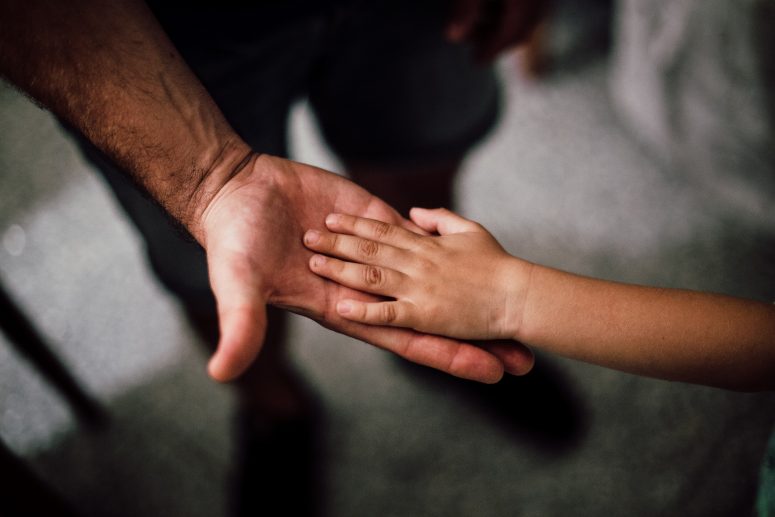Burnout is a state of emotional, physical, and mental exhaustion caused by prolonged stress. It is typically associated with adults who are dealing with work-related stress or other adult responsibilities. However, it is important to recognize that children can also experience burnout.
Children, like adults, can experience stress from a variety of sources such as academic pressure, family conflicts, or social difficulties. When children are under prolonged stress, they may start to experience symptoms of burnout such as fatigue, headaches, irritability, and difficulty concentrating. These symptoms can have a negative impact on their overall well-being and can even lead to more serious mental health issues such as depression and anxiety.
Academic Pressure
It is important to remember that children’s brains are still developing and they may not have the same coping mechanisms as adults. Therefore, they may have a harder time dealing with stress and may be more susceptible to burnout. One of the key factors that can contribute to burnout in children is academic pressure. Children are under increasing pressure to perform well in school and meet high academic standards. This pressure can come from parents, teachers, or even the children themselves. It can lead to stress and anxiety, which can ultimately lead to burnout.
Social Pressure
Another factor that can contribute to burnout in children is family conflicts. Children may experience stress and anxiety when they are exposed to conflicts between parents or other family members. This can lead to feelings of insecurity and uncertainty, which can ultimately lead to burnout.
Social difficulties can also be a factor in children’s burnout. Children may experience stress and anxiety when they are bullied or excluded by their peers. This can lead to feelings of isolation and loneliness, which can ultimately lead to burnout.
Addressing Burnout
It is important for parents and caregivers to recognize the signs of burnout in children and take steps to address it. The first step is to identify the root cause of burnout. Once the root cause has been identified, it can be addressed and steps can be taken to prevent burnout from happening again.
Encourage Self Care
One way to prevent burnout in children is to practice self-care. Self-care refers to taking the time to take care of yourself, both physically and emotionally. This can include things like getting enough sleep, eating well, and engaging in regular exercise. It can also include activities like meditation or yoga, which can help to reduce stress and promote relaxation.
Strike a balance
Another way to prevent burnout in children is to find balance in their life. This can include finding a balance between school and personal time, as well as between different responsibilities and priorities. It can also include finding a balance between different aspects of their life, such as school, family, and hobbies.
Speak to a professional
If a child is experiencing burnout, it may be helpful for them to talk to a professional such as a therapist or counsellor. A therapist or counsellor can help the child to identify the root cause of the burnout and develop a plan to address it.
In conclusion, children can experience burnout just like adults. Remember, burnout is not a sign of weakness but a sign that something needs to change, and it’s important to take the necessary steps to take care of our children.
If you think that you can benefit from professional support on this issue you can reach out here.
Ahmed Elsaadani is a psychosexual and relationship therapist offering psychotherapy to indviduals and couples who face problems their sexual life due to psychological impact or relational problems. He is in training with London diploma for psychosexual and relationship therapy.

